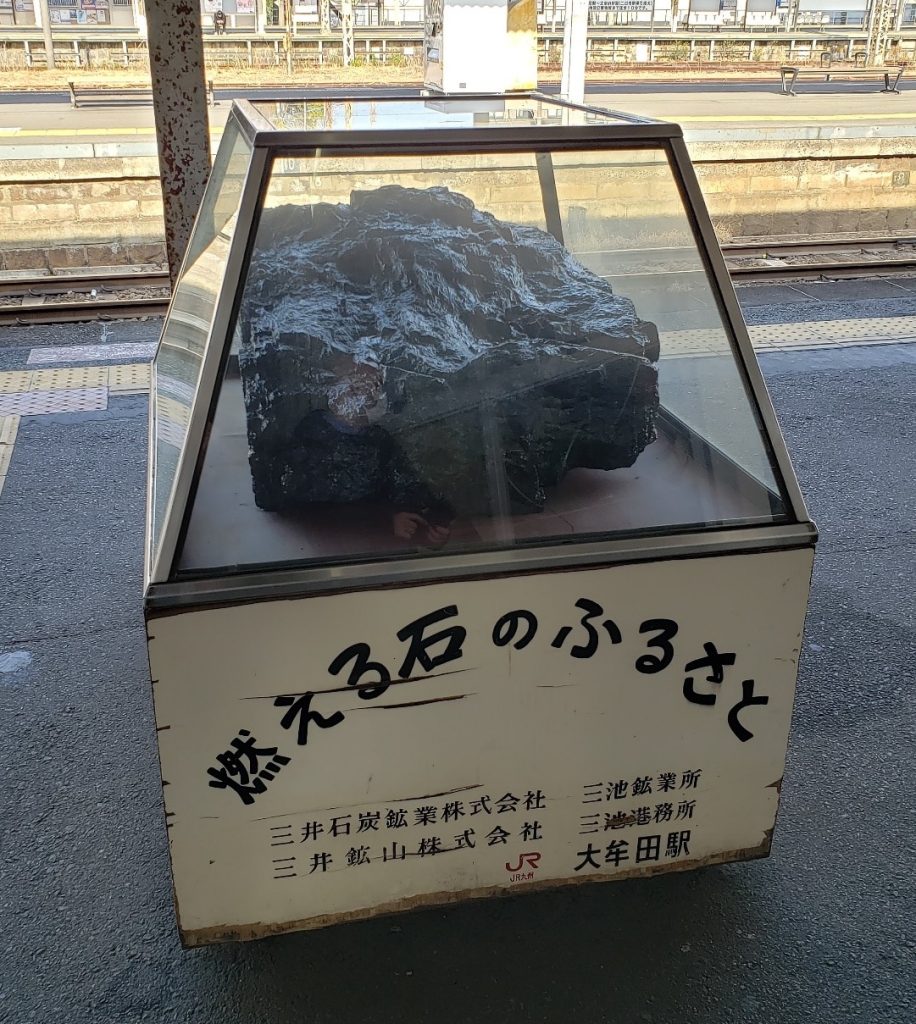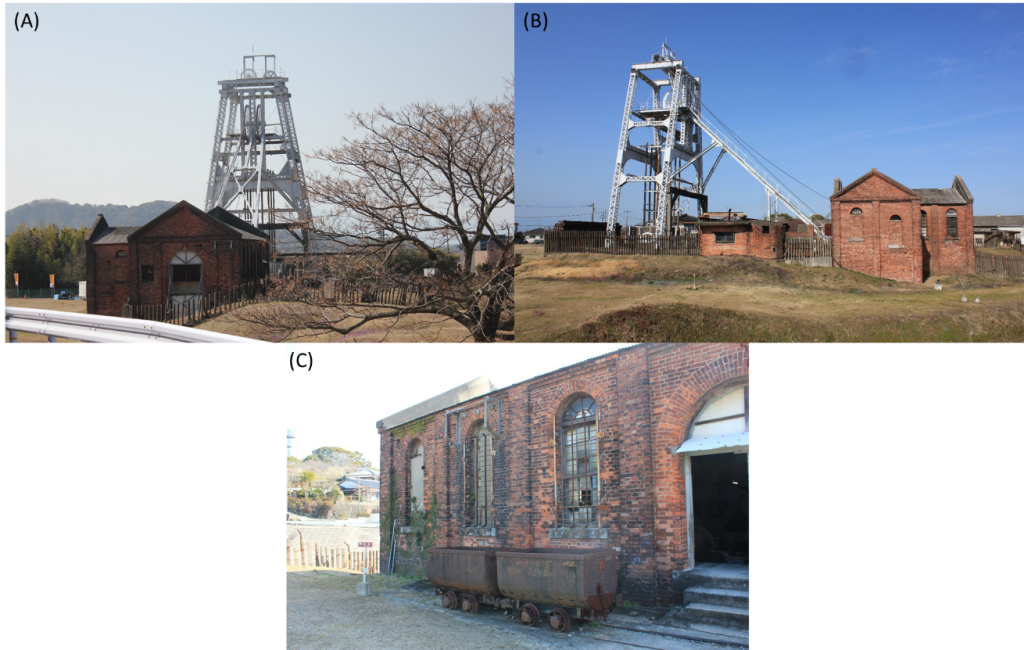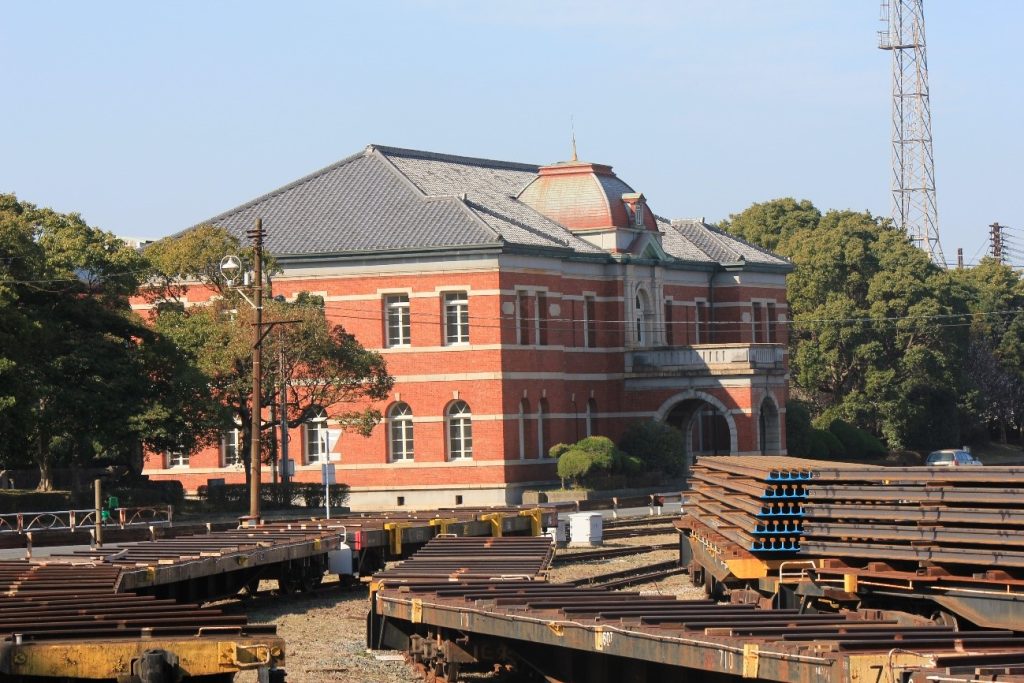Historical Transitions and regions of interest – Omuta-Miike Coal Mining Region and Yawata Steelworks
See more on Just Transitions

Japan has a number of sites listed for World Heritage, related to the Meiji Restoration, in which Japan strove to catch-up industrially with Europe from the mid-19th century, after having been isolated for a long period. Given that this industrialisation involved the adoption of Western technology and patterns of production, this naturally involved the increased mining and utilisation of coal, and the production of steel. Many of the important centres for this industrialisation were in Kyushu, where coal was relatively plentiful. The Omuta region was one of these sites, with the Omuta port being a key trading terminal for coal that was mined at the Miike mine (Figure 2). While the shaft head and the rail line to port still remain, the coal is no longer mined. The Miike mine is not only relevant due to its place in Japan`s industrialisation, but within the framework of a just transition it provides some significant national historic examples. In the 1960`s the Miike Struggle of 1960 in which the workers of the mine were locked-out in a labor dispute with the management, has been discussed as one of the pivotal events in the labor movement in Japan (Price, 1991). Then in 1963, the Miike mine explosion killed 458 people and affected 839 with carbon monoxide poisoning (Hoshino and Iijima, 1992). These are historical events that all high school students learn about in Japan today. Surprisingly, the mine continued operating until its final closure in 1997 (Lim et al., 2019). This final closure was seen as a major blow to the town, with around 1200 workers losing their employment. Walking around the town now, it is still clear that the recovery is yet to emerge.

Another vestige of the Meiji era is the Imperial Steelworks at Yawata in northern Kyushu (Kitakyushu City) (Figure 3 and Figure 4). At one time producing around 90% of Japan`s domestic steel requirement, the steelworks established in 1901 still stands in the town of Yawata. The head office building (Figure 3) is still used in the operation of the Nippon Steel company. Blast furnaces are scattered around the Kitakyushu region – mostly operational, and indicative of the continuing industrial legacy of the region.





